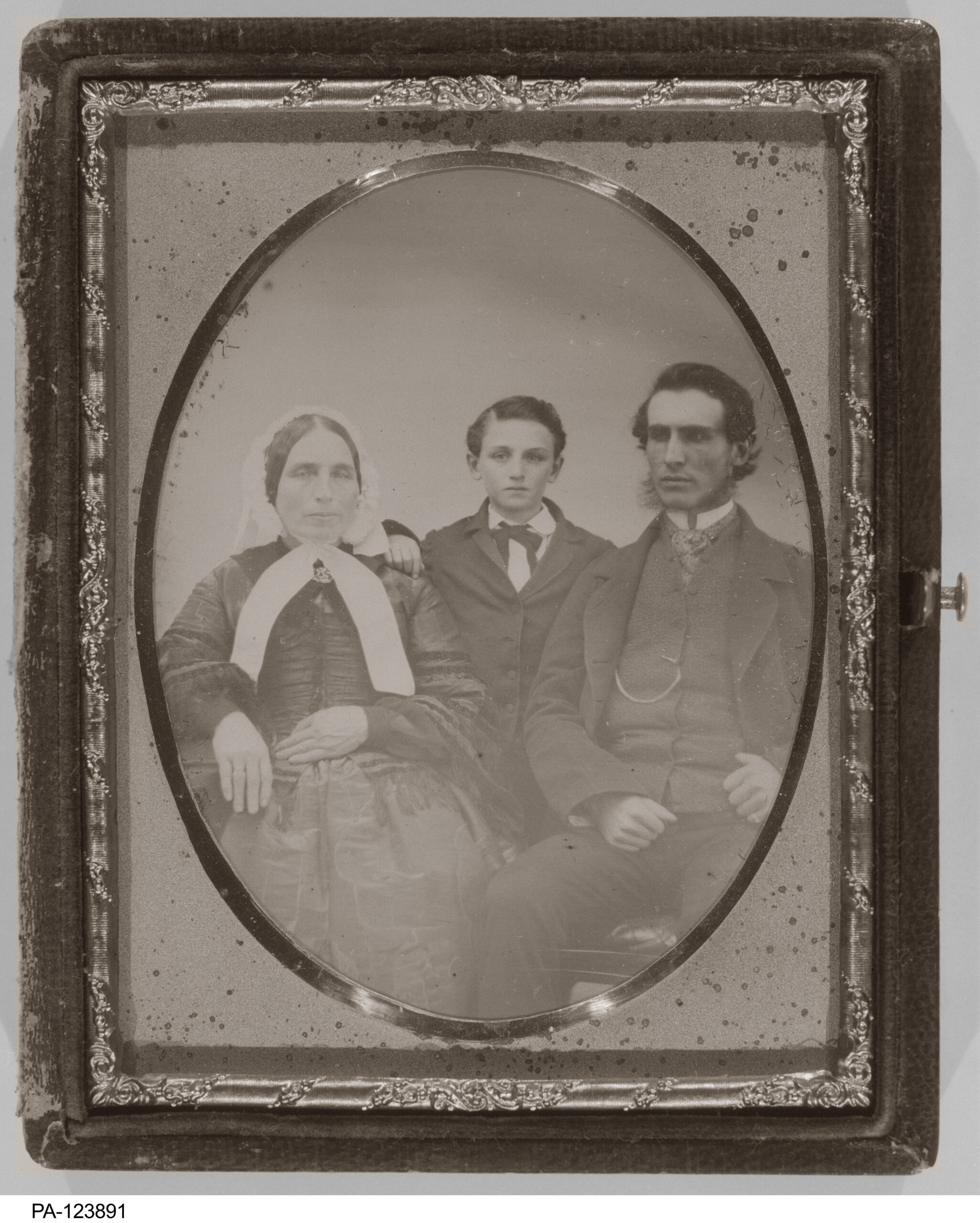I began writing this article during the early days of the Covid pandemic, when there was much uncertainty about how serious the disease was and how many lives would be lost. As I worried about the future for my own children, I thought of my Métis great-great-great-grandmother, and the loss of three of her young children to scarlet fever in Edmonton in May 1845. I can only imagine how she felt and the impact it would have had on my direct ancestor, 3-year-old Samuel, who lost his closest playmates.[1]
The winter of 1844-45 was a pivotal moment in the lives of Jane Klyne and her Scottish husband Archibald McDonald. To this point in her life, Jane had lived in remote places in the west, with First Nations, Métis, and European fur traders and missionaries. Her stay in Fort Edmonton was an unscheduled stop on the long journey east that changed her life forever.
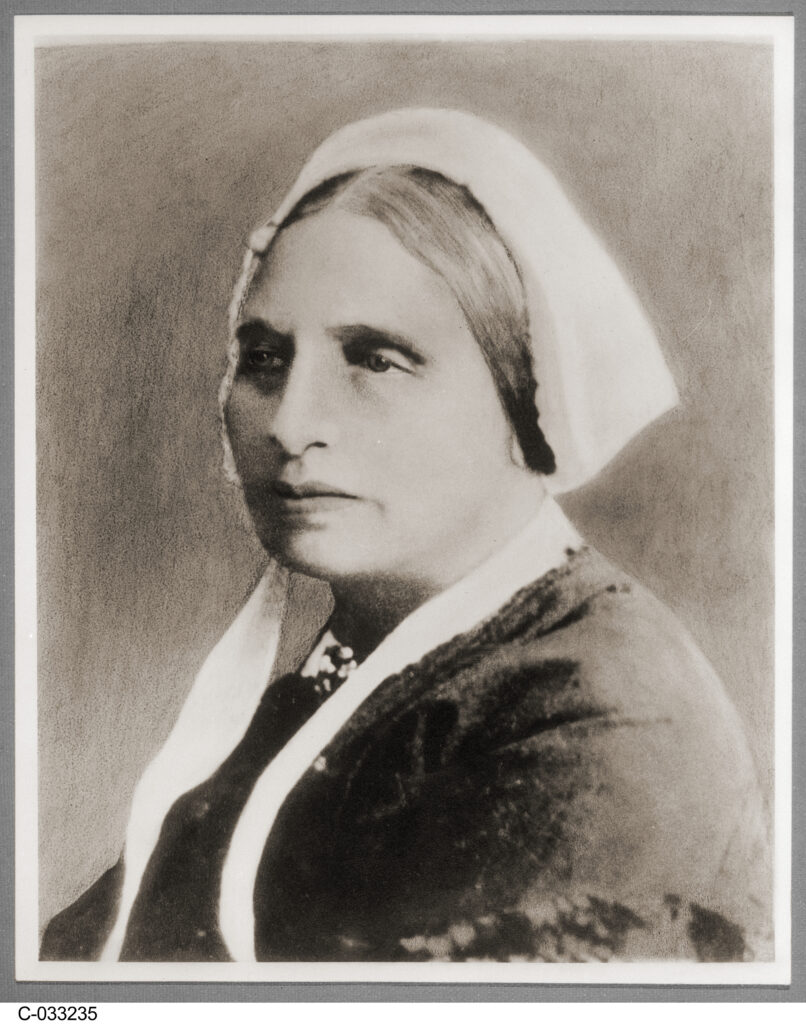
Jane Klyne was born at Lesser Slave Lake on August 23, 1810, to Susanne Lafrance, a member of a prominent Métis family,[2] and Michel Klyne, a voyageur/fur trader with the North West Company. Following the merger between the North West Company and the Hudson’s Bay Company (HBC), Michel served as postmaster at Jasper House. According to the Manitoba Historical Society Archives, the family spoke French, German and English as well as several Indigenous languages.[3] Jane grew up in a Métis world – horseback riding, canoeing, making moccasins and snowshoes, and helping her mother to care for her younger siblings.[4]
Archibald McDonald’s first wife Princess Raven, daughter of Chinook Chief Comcomly, had died shortly after the birth of their son, Ranald MacDonald.[5] Archibald (nicknamed Archy) and Jane probably met at Boat Encampment, in present-day British Columbia. It was an important transfer point at the junction of the Columbia and Canoe Rivers, where fur traders and travellers from Jasper House boarded boats for Fort Vancouver.[6] Jane was just 15 when she became Archy’s “country wife” in 1825. At a time when it was difficult to marry legally, fur traders and their Indigenous ‘wives’ married ‘à la façon du pays’ (in the custom of the country). These relationships were very common, but many were not as loving – or permanent – as Archy and Jane’s.[7] Archy was an HBC clerk 20 years her senior. Despite the significant age difference – or perhaps because of it – they had a loving relationship and family life. Archy brought Ranald into his new family and Jane raised him as her own.
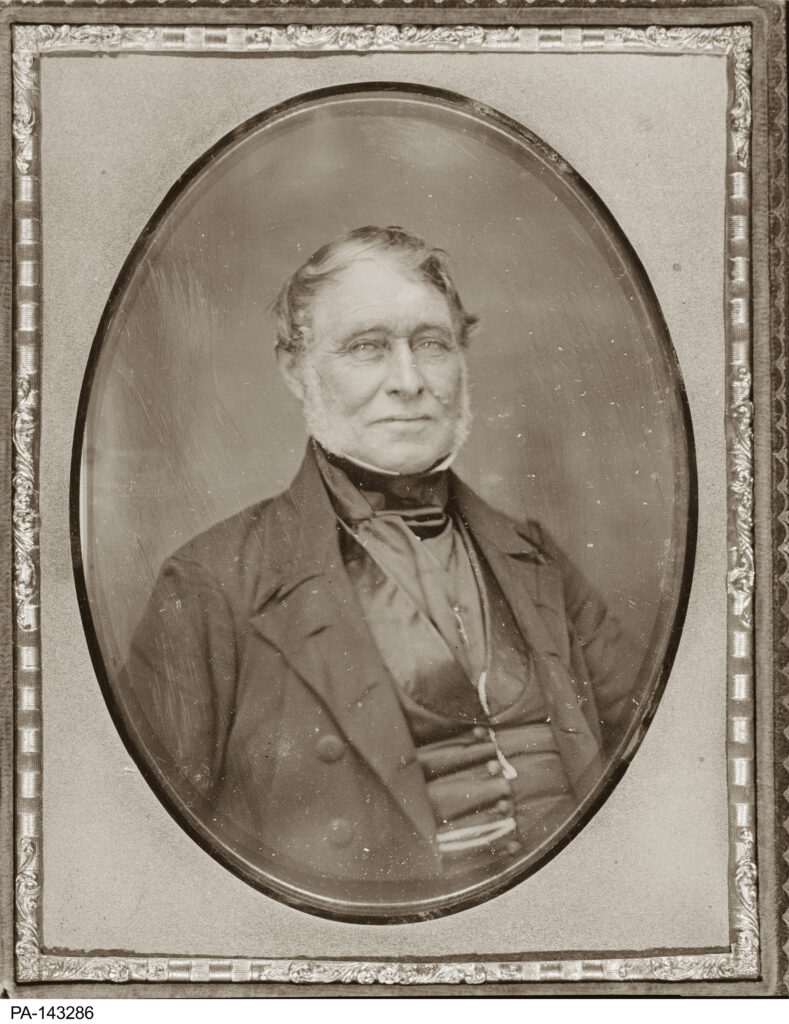
Archy moved to Kamloops to take charge of the Thompson River District in January 1826, leaving a pregnant Jane at Fort Vancouver until she was able to join him the next summer. They moved again in 1828 when he became Chief Factor at Fort Langley. As the children multiplied and grew, Archy set up a classroom for them; he taught Jane to read and write, to study catechism and follow important events in the world, and she later taught their younger children. Unlike many other HBC men, Archy always intended to stay with Jane when he retired. Jane was quite independent, often living apart from him for months at a time due to work trips. As Cole notes, she followed her parents to Red River when Archy took a year long furlough in Scotland, and on his return he and Jane formalized their marriage.
The older children stayed at Red River while Archy, Jane, and the two youngest children moved to Fort Colville in present-day Washington State. He served as Chief Factor of the Colombia District until his retirement in 1844. Fort Colville was a busy establishment. HBC staff and others including missionaries, explorers, and scientists, all visited Fort Colville. Jane performed a wide variety of household chores including cooking, cleaning, sewing, and caring for their growing family. Van Kirk (1983, p. 126) notes that the relationship between Archy and Jane was different than that of other HBC officers: Jane and the children ate with Archy, “… at Fort Colville the warm family atmosphere created by Archibald McDonald and his wife Jane enhanced the post’s reputation for hospitality and good cheer. [George Allan, accountant at Fort Vancouver,] enthused… ‘when seated at table with Mr and Mrs McDonald and their family, one cannot help thinking himself once more at home enjoying a tête-a-tête in some domestic circle.’” (Cole 1972, p. 10)
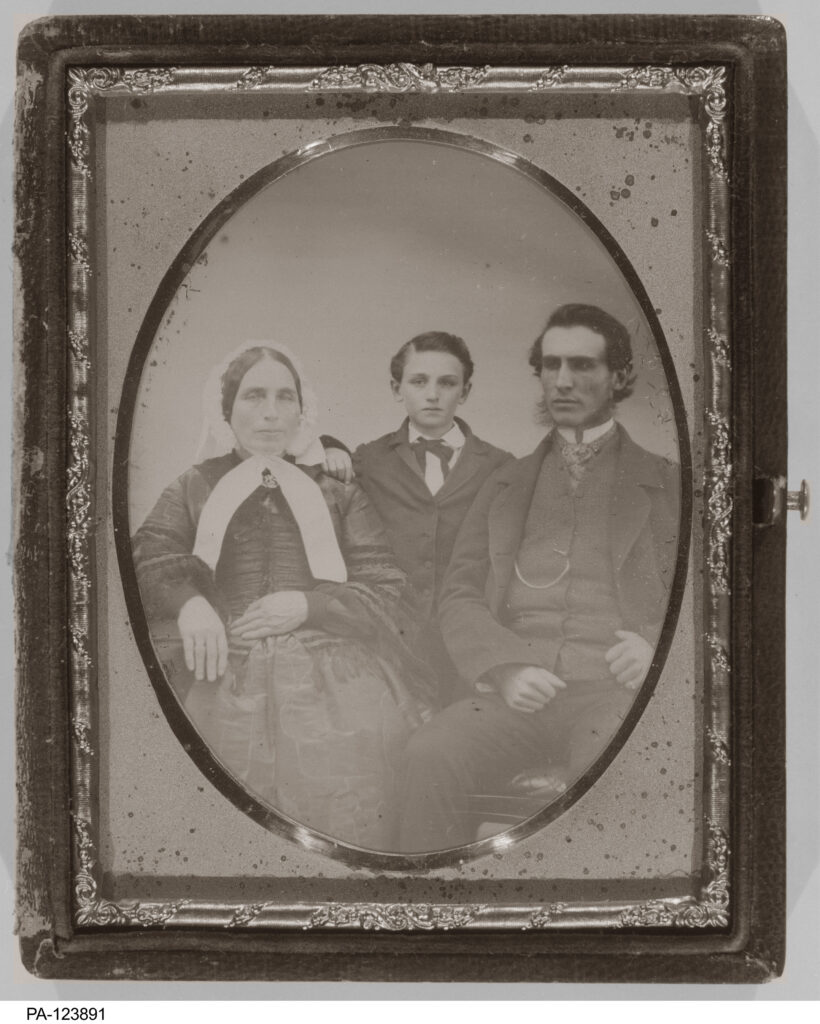
When Archy and Jane left Fort Colville in September 1844 with the intention of going to Red River, Jane was seven-months pregnant, and their 10-year-old daughter Maryanne and five boys under the age of seven accompanied them. However, the journey was difficult: the Columbia River was running fast. They had to wait for the westbound Express to carry their luggage from Boat Encampment, and there was snow in the Rocky Mountains as they crossed on horseback and on foot. At Jasper House they proceeded by boat on the Athabasca River. On November 25, Jane gave birth to Benjamin near what is today Whitecourt, and as she recuperated they realized they would not make it to Red River that year. They sent a messenger to Fort Edmonton requesting assistance, and within days a party came to their rescue.
On December 9, after 79 days’ travel, they arrived at Fort Edmonton as guests of John Rowand and Louise Umphreville for the winter. At that time, Fort Edmonton was on the hill where the Legislature Building is now. McDonald and Rowand were both senior officers and had known one another for years but they were very different people. Rowand had a reputation for being ill-tempered and difficult. Like Fort Colville, Fort Edmonton hosted a variety of travellers on the main east-west route. On top of the McDonald family and servants, Rowand was hosting at least one other family and two of Sir George Simpson’s sons. The addition of so many mouths to feed must have been a burden.
Unfortunately, the Fort records for this period did not survive and Archy’s letters reveal little about daily life at the Fort. Jane would have had fewer responsibilities as a guest than she had at Fort Colville, but she would have been fully occupied with her seven children, including baby Benjamin.
Archy, Maryanne, and other Fort residents suffered from fever and ague that winter. In early May, a scarlet fever epidemic hit the Fort. Unlike Covid, the risk of contracting scarlet fever is highest for children. Three of the McDonald boys died: five-year-old twins Donald and James and two-year-old Joseph. My ancestor Samuel, then aged three and a half, survived.
We can only imagine how devastated their mother was – if she did write to her family in Red River about it, the letters have not found their way into an archive – but Archy’s letters to Sir George Simpson explaining why he was unable to travel to Red River, dated May 12th and August 2nd, 1845, quoted in Cole (2001, pp. 251-253) provide an indication:
“…the most painful part of the chapter is to come – our own sudden & alarming family afflictions. The scarlet fever in a mild form was for some weeks back in the fort. Five days ago it got among my poor helpless group in a more malignant shape. The oldest boy with me but one, ie the elder of my dear little interesting twins, is at this moment at the point of death & all the others but very little better…”
And…
“…Besides the boy you heard of that was buried 14th May, a second was committed to the same grave (twin brothers) the 18th, and a third the 21st. Two others of them were at the time exceedingly low, indeed so much so that on the craft leaving two days after I could not venture to move them into a Boat; consequently we were compelled to remain behind…
Our melancholy departure from Edmonton took place on 5th June.”
I’ve read Archy’s letters to City Council when they were debating rerouting the road around the Fort Edmonton Cemetery, and to groups when giving tours of the site. I cry every time. Although Donald, James, and Joseph died nearly 180 years ago, reading Archy’s words makes it feel like yesterday, and I hug my own children, and now grandchildren as well, a little closer.
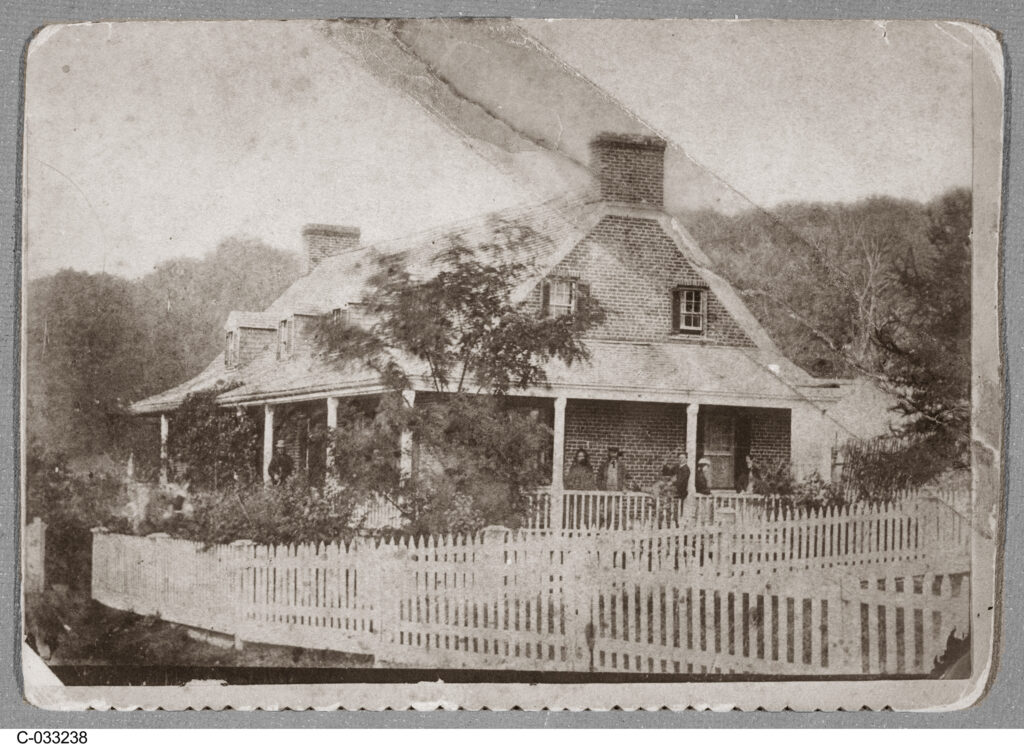
When Jane left Fort Edmonton just two weeks after Joseph’s death, she left the west forever – moving first to Montreal, then to nearby St. Andrews, where they lived in a small community of retired fur traders and their families. They began their new lives under a shadow of grief, but she persevered. Van Kirk (1983, p. 210) notes that, “All in all, Jane Klyne McDonald became the epitome of a respectable Victorian matron. She was not likely to feel at a loss in any society, and when McDonald retired to St Andrews near Montreal in 1849, his wife adapted to her new role with skill and dignity.”
Bibliography
Brown, Jennifer S. H. (1980) Strangers in Blood: Fur Trade Company Families in Indian Country. Vancouver: UBC Press.
Cole, Catherine C. (2007). “Places of the HEART”, LEGACY, Fall.
Cole, Jean Murray (1972). “Exile in the Wilderness: Archibald McDonald’s ten years at Fort Colville.” The Beaver. Summer, pp 7-14.
Cole, Jean Murray Cole (1979). Exile in the Wilderness: The Life of Chief Factor Archibald McDonald, 1790-1853. Seattle, Washington: University of Washington Press.
Cole, Jean Murray (2002). “Jane Klyne McDonald: Metis Matriarch.” Unpublished paper presented at the Unsettled Pasts: Reconceiving the West through Women’s History Conference, University of Calgary. Trent University Archives.
Cole, Jean Murray (2001). This Blessed Wilderness: Archibald McDonald’s Letters from the Columbia, 1822-44. Vancouver: UBC Press.
George and Terry Goulet (2008). “Jane Klyne McDonald: Leading Lady of Fort Langley,” in The Métis in British Columbia: From Fur Trade Outposts to Colony. Vancouver, BC and Calgary, AB: FabJob, pp. 164-180.
Goulet, George and Terry (2018). “Klyne (McDonald), Jane”. In Lawrence J. Barkwell ed. Dictionary of Metis Biography, Vol. H-K, pp. 90-98. www.metismuseum.ca accessed October 3, 2024.
Talaga, Tanya. “Unfreedom in our Fabric.” The Globe and Mail, August 24, 2024.
Van Kirk, Sylvia (1983). Many Tender Ties: Women in Fur-trade Society 1670-1870. Norman, Oklahoma: University of Oklahoma Press,
[1] Growing up in Ontario, I had always known this story – one of my first jobs was to type my mother’s first manuscript – but it took on greater meaning when I moved to Edmonton in 1983, and later during the consultation process around the Traditional Aboriginal Burial Ground and Fort Edmonton Cemetery, where they are buried.
[2] Suzanne (b 1790) was descended from French trader Joseph La France (c1707-c1740s) and his Ojibwe partner. Her father was a coureur de bois.
[3]) Manitoba Historical Society Archives. “Memorable Manitobans: Georges Klyne (1828-1906).” https://www.mhs.mb.ca/docs/people/klyne_g.shtml. Accessed Ocrober 3, 2024.
[4] In 1869-70, her younger brothers George and Adam opposed Louis Riel in the Red River Resistance, and George was one of the French delegates to the 1870 Convention of Forty that resulted in a Provisional Government with Riel elected President. George was elected to the first legislative assembly in Manitoba that year. Ibid. see also Goulet (2018), p. 75.
[5] Ranald spelled his name MacDonald, not Mc, like his father. Ranald has his own place in history for sailing to Japan in 1845 and teaching English to a number of Japanese translators including Einosuke Moriyama, one of the chief interpreters to handle the negotiations between Commodore Perry and the Tokugawa Shogunate.
[6] See Jean Murray Cole (1972, 1979, 2001, and 2002) for information about their family life.
[7] Some HBC offices, notably Archy’s boss, Sir George Simpson, treated their country wives reprehensively. Talaga compares the country wife relationship to slavery. (2024), but Van Kirk (1983, p. 115) holds Archy and Jane’s relationship up as an unusually positive example.

